Estimated reading time: 7 minutes
If there is one thing that homesteaders do better than anyone else, it’s finding ways to reuse, recycle, and re-source what most people would consider waste. There is no place this philosophy shines brighter than in the relationship between the kitchen and the garden. What comes from the garden makes its way to the kitchen, and quite frankly, there is no reason for it not to find its way back to the garden again.
We all know about composting kitchen scraps, and if you aren’t already using some method of composting, you should definitely get started on that.
Even so, there are more immediate uses for many kitchen scraps than merely breaking them down into dirt. Just think of all the nutrients we absorb from our food, then take a moment to appreciate that plants also benefit from many of these same nutrients.
Want to save this post for later? Click Here to Pin It on Pinterest!
In order to thrive, a garden needs water, sunshine, and care to protect from pests, but on a more nuanced level, your plants need calcium, phosphorus, potassium, and much more. These things are abundant in food scraps and waste and can be used in your garden right now, as opposed to compost, which can take up to a year to be ready for prime time.
Here are six food scraps to help your garden flourish.
1. Coffee Grounds
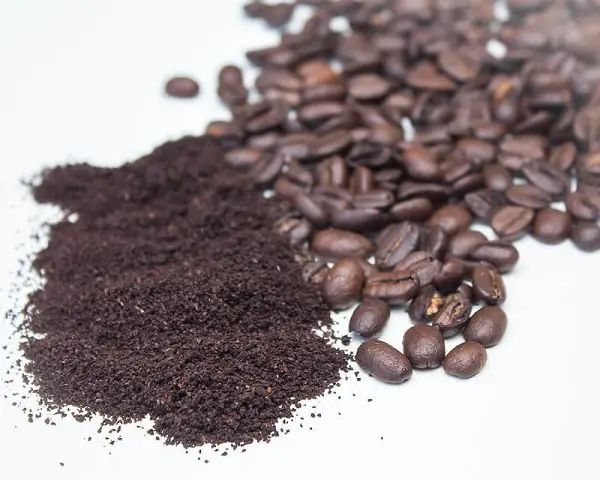
While a morning cup of coffee (or three) gives many of us a much-needed jolt, those rich coffee grounds can give a big boost in the garden, but for different reasons. Think of nitrogen as the caffeine of the plant world: it gives them the energy to grow. Coffee grounds just so happen to be chock-full of nitrogen-rich proteins in a ratio that is ideal for the garden.
Contrary to some claims, coffee grounds have not been shown to significantly lower PH in alkaline soils, but they have demonstrated some ability to increase yields and fight against disease. Use as a mulch about half an inch deep around the base of your plants and see what happens.
2. Eggshells
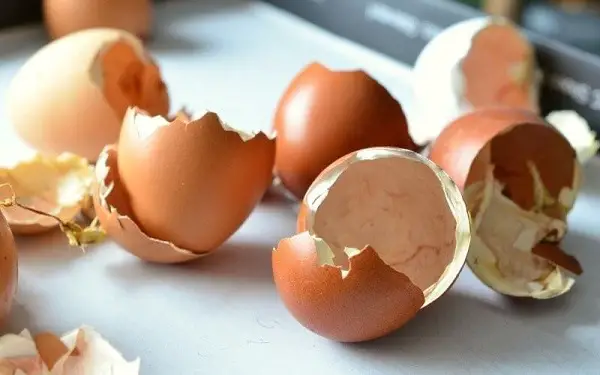
Eggshells are wondrously useful to gardeners. In the same way that our bones need calcium, plants require calcium for their cell walls. Deficiencies in calcium in your soil will manifest in distorted leaf shapes and blossom end rot (especially in tomatoes.)
You can feed your garden calcium by crushing your eggshells and mixing them into the soil around transplants when you plant them, or you can steep crushed eggshells in water for a couple of days and water plants directly with the water.
Another way to use eggshells, if you’re a particularly tidy egg-cracker, is to recycle your spent shells as starter “pots” for seedlings. Seedlings can be grown easily indoors this way until you are ready to transfer them to the garden or a pot–just crack the shell a bit before planting.
3. Citrus Peels
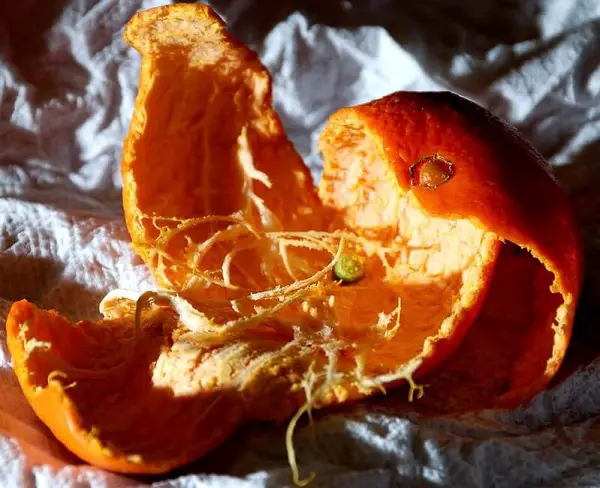
Many gardeners will tell you that citrus peels don’t belong in the compost, but I assure you that they do break down, it just takes a while. However, it seems a waste to toss these guys in the compost when they can be used in several other ways right now.
First, using the peel from a half a citrus as a starter pot is an ideal way to make the most of your citrus waste. When the time comes to plant, just pop the whole thing into the ground and let it be.
Another use of citrus peels takes advantage of the fact that cats and insects hate the volatile oils in citrus peels that make them smell so good to us. Just shred your peels and sprinkle them around any plants a cat might have mistaken for a litter box. If any plants have signs of aphids, you can place some peels near the infestation and watch them disperse within a day.
4. Soaking/Cooking Water
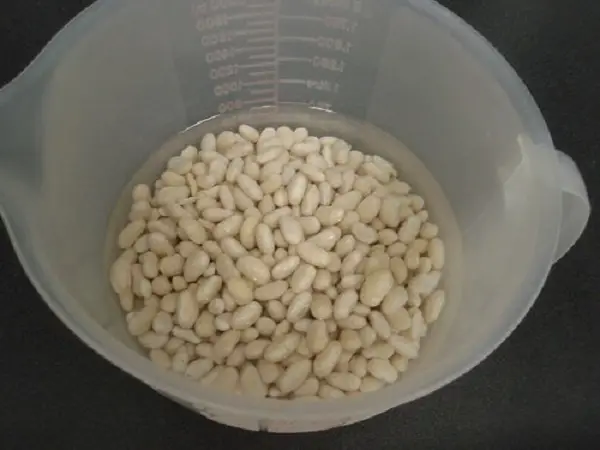
While this may not be technically a food scrap, this food by-product is far too precious to pour down the drain. Whether you are making your own sprouts, boiling corn on the cob, or soaking beans before cooking, all of the liquid from food production contains vital nutrients.
While it may not be a sufficient volume for watering the garden, these liquids are perfect for watering starts or container gardens–your plants will thank you for the extra boost.
5. Banana Peels
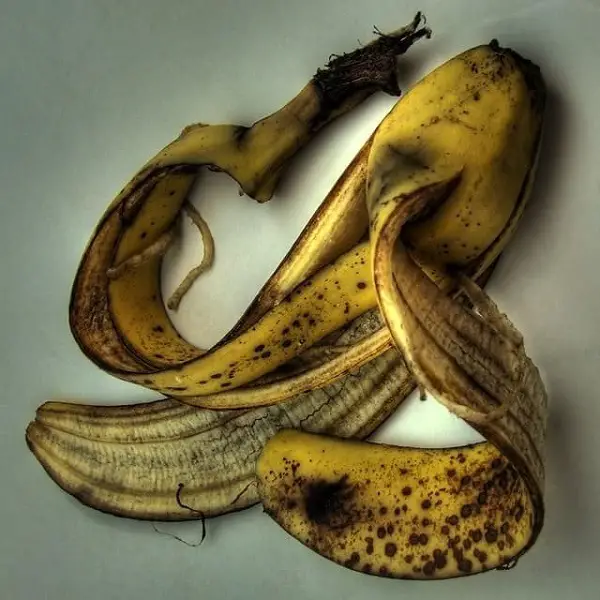
Bananas are famously rich in potassium, one of the key nutrients for muscle performance. Plants don’t have muscles, but they require potassium to form strong stems and maintain fast-paced, dark green leaf growth. Banana peels contain about 7 percent potassium which can be readily absorbed by plants.
The best way to feed them to your garden is to chop them up and soak them in water overnight, then water plants with the water or mix into the soil around garden plants. There’s no reason why you can’t do both–water your plants and then follow up by burying the remaining peels in the dirt at the base of plants. Just make sure you don’t damage any roots.
6. Onion and Garlic Ends
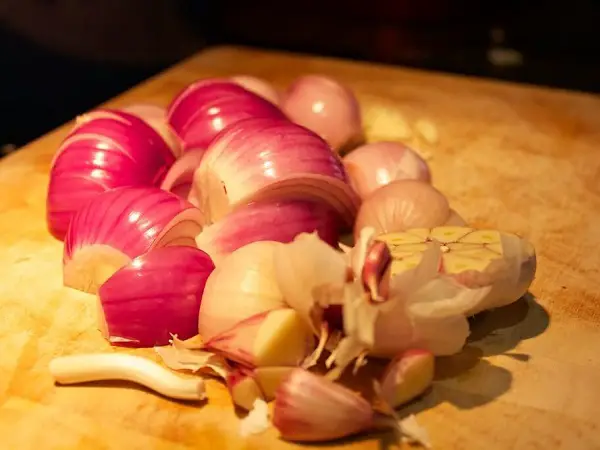
The same sulfide compounds that give onions their eye-watering odor are useful for repelling pests in the garden. Make sure you only use raw onion and garlic scraps as cooking changes the chemical makeup. You may want to refrigerate your scraps until there are enough to add up to a cup or so of volume.
Submerge them in water in a bucket or bowl for up to a week (pro tip: do this outdoors or in the garage). Transfer this pungent brew into a spray bottle and spray on plants that are pest-prone. You can also sprinkle it around the bases of plants that are particularly vulnerable to aphids and other garden parasites.
So, never underestimate the power of food scraps to help you…grow more food. Next time you start to reach for the compost bin, take a moment to reclaim the precious food scraps that may have more life in them yet.
Like this post? Don't forget to Pin It on Pinterest!

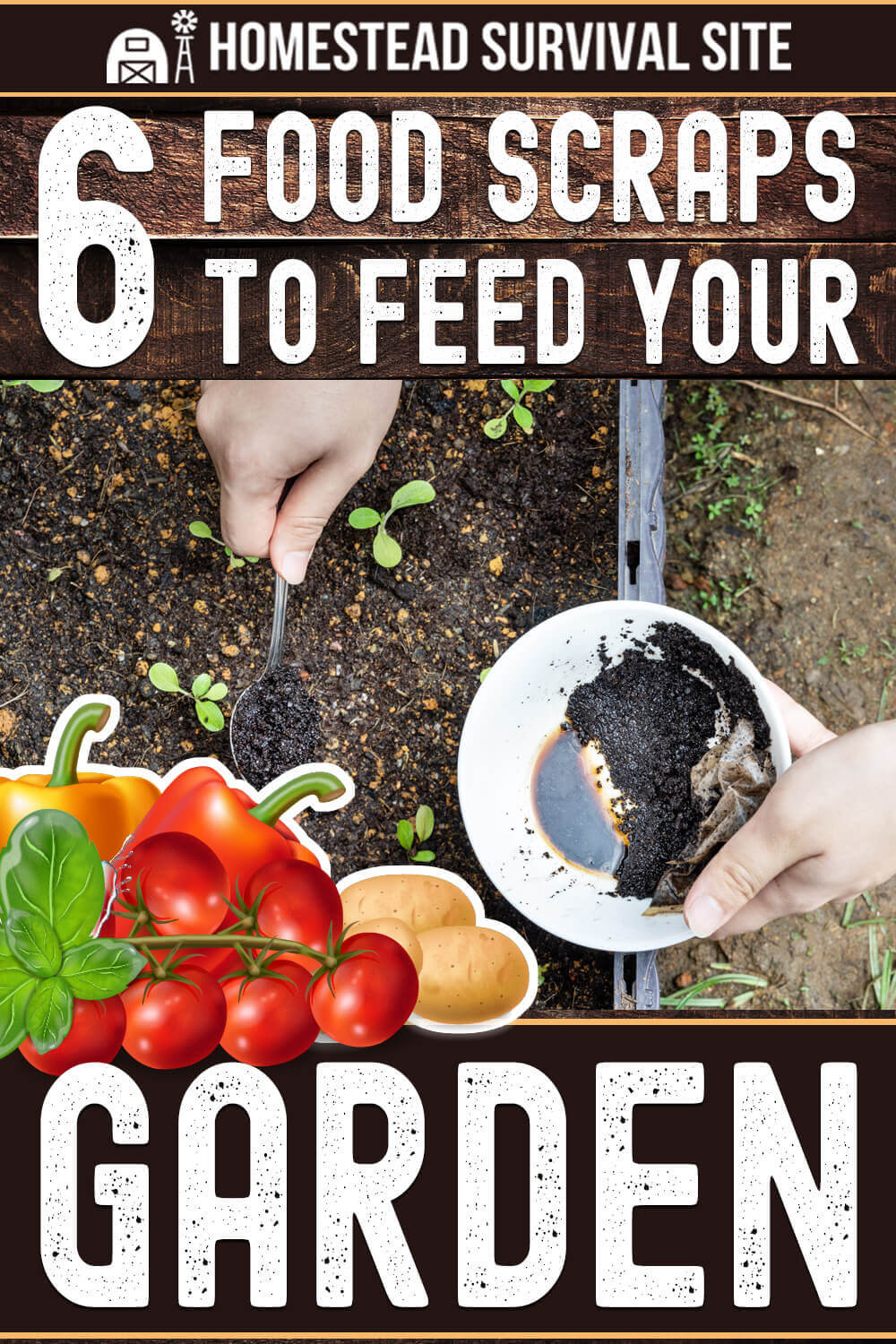


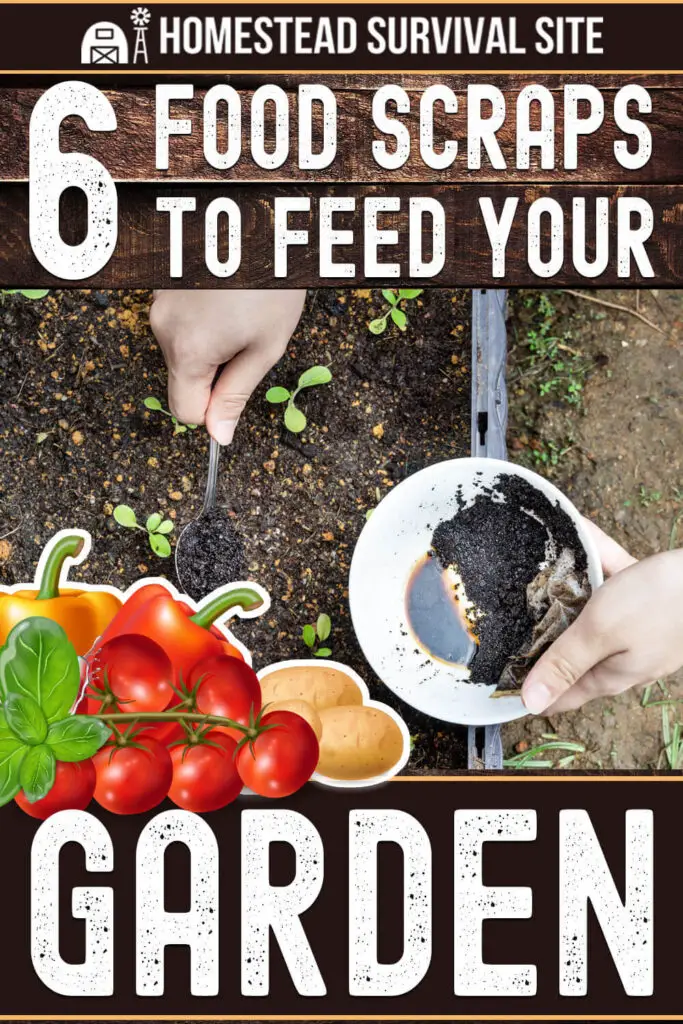

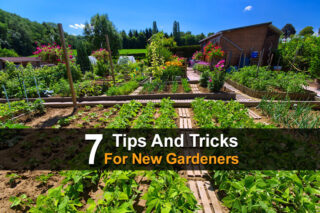

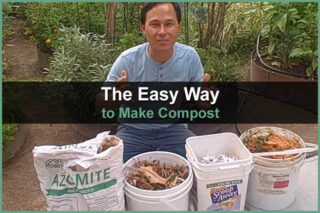
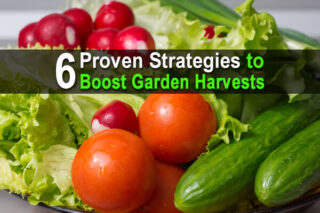
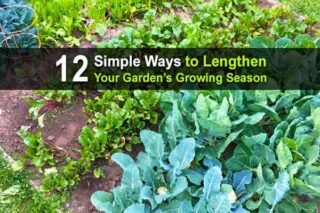


So MANY great ideas here. Some new to me. I have been passing them on… Thanl you, Leah
We used to do this, then we encountered a rat problem. Roof rats established a colony in our attic. We had to cut off tree limbs (highways to the roof), change our drainage system (Highways to the roof) and stop putting out any edible scraps (food for the rats.)
We then had to suck out all of the insulation and everything else from the attic, seal it up and then replace the contaminated insulation. We’re rid of the rats now. But we still cannot put out any food scraps that might be used to feed the rats.
I used to have a staghorn fern. I fed it banana peels. It works. I would prioritize any banana scraps for them.
we have a stag horn to growing in our yard and we feed it banana peels as well as a few other things to keep it healthy
I have been gardening for years and I am happy to see that I don’t know it all. Love the way to beat aphids. We had a bad year last year with them and nothing natural worked. Well nothing natural we tried. Thanks